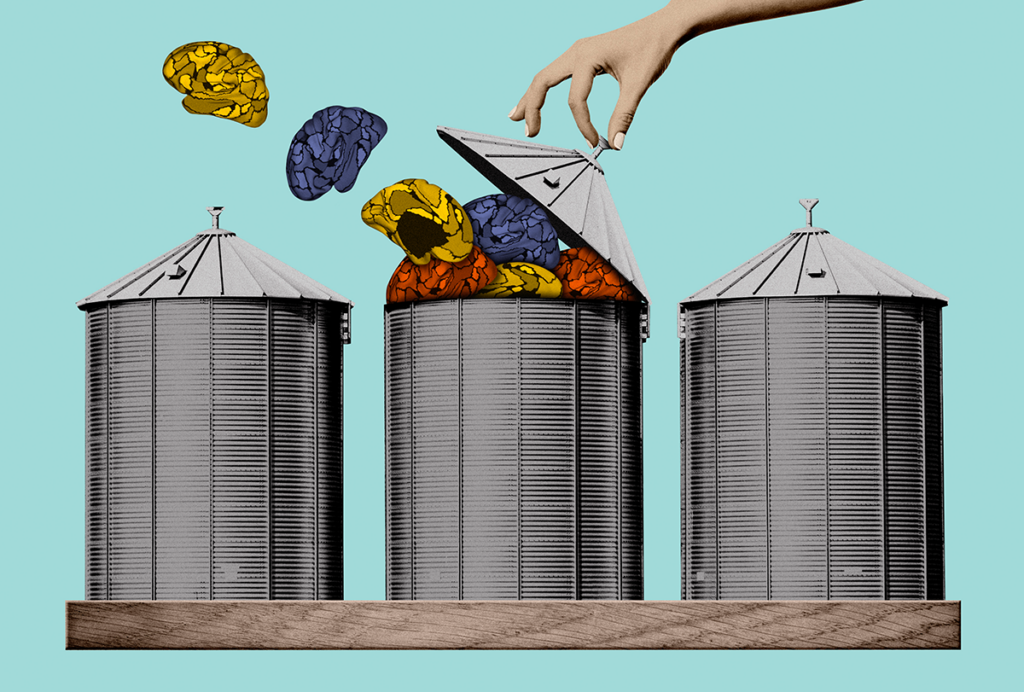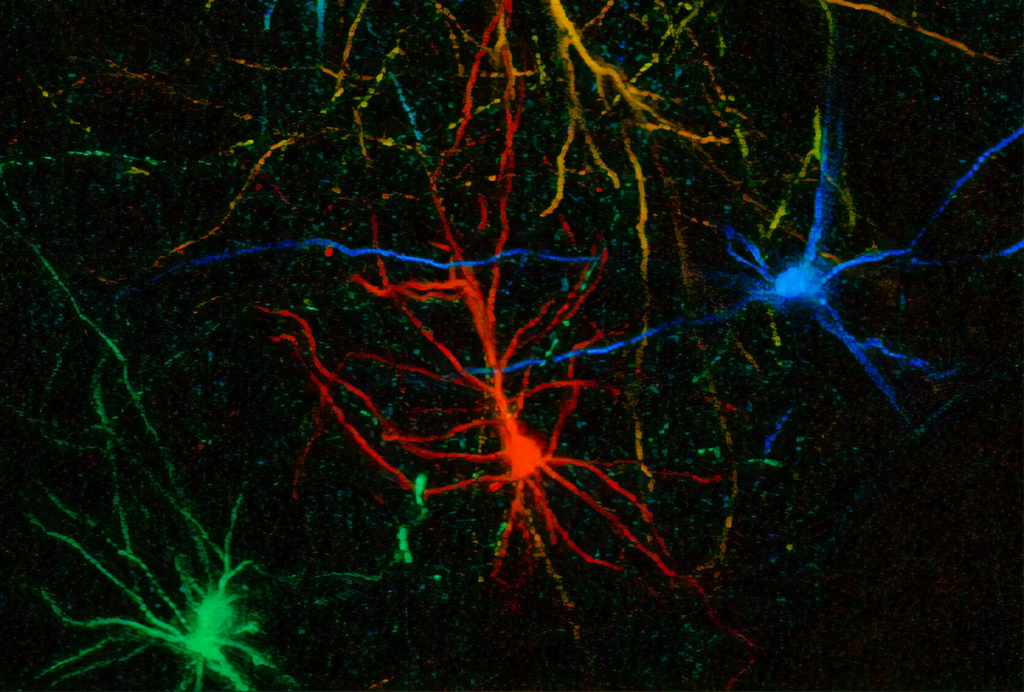For several years now, Nicola Grissom has sensed a growing discomfort among her colleagues who study cognition and behavior in people and animal models—ever since she became associate professor of psychology at the University of Minnesota in 2016. More and more, they have approached her “almost furtively,” she says, for advice about how to report sex differences in their studies without reinforcing traditional binary gender roles—and without specializing in research on sex differences themselves.
Others have probably avoided analyses that would enable them to find any sex differences, Grissom says, even though the U.S. National Institutes of Health requires the researchers it funds to include sex as a biological variable in their studies.
The field could alleviate some of this discomfort by considering an array of sex-related influences on an animal’s behavior and cognition, she argues in a commentary published last month in Hormones and Behavior.
“I’d like to have people be more comfortable identifying where sex does or does not play a role,” Grissom says. The male and female sex categories “are proxies for a bunch of different mechanisms [that] often correlate together but don’t necessarily have to.”
The Transmitter spoke with Grissom about how researchers can study sex-related influences independently from “male” and “female” categories, and the importance of viewing sex traits as a mosaic rather than a binary.
This conversation has been edited for length and clarity.
The Transmitter: What evidence is there that sex is nonbinary?
Nicola Grissom: There are cases in which it seems to matter what chromosomes a mouse has, and it doesn’t matter what gonads it has; there are cases in which it seems to matter what gonads the mouse is born with, and not at all what chromosomes it has.
Here’s a really powerful model for looking at the question of whether your chromosomal status or your gonadal status matters for whatever phenotype you’re interested in studying: There’s a particular gene on the Y chromosome that we call the testis determining factor. It’s the first thing you absolutely need to develop testes versus ovaries. There is a mouse line that has a spontaneous deletion of the testis determining factor, and instead it’s been introduced onto an autosome, a non-sex chromosome. With this particular mouse line, you can get offspring that have two X chromosomes and yet develop testes—because they happen to have this gene somewhere else. Similarly, other offspring can have an XY genotype, but they don’t have that gene, and so those animals instead develop ovaries.
TT: It fits the metaphor of viewing sex differences as a mosaic of traits. Can you explain that more?
NG: I didn’t come up with that mosaic idea; that was originally put out there by a researcher named Daphna Joel, using her work in people and animal models. Joel and her colleagues showed that you can look at any one particular brain area and say, “It’s bigger in males, on average, than it is in females.” But then if you take some random dude off the street and ask, “For each of these different brain areas, where do you fall compared to the averages?”—all of his brain regions are not going to fall on the “male” side when it comes to size. Some areas are going to be more similar in size to the female end.
That extends itself in, potentially, all these different directions. It’s not just about size; it’s about connectivity and function and action. Every single person’s brain is going to show some unique combination of “male” or “female” factors when you analyze it in this way.
TT: How can binary sex differences be misleading in research?
NG: We often think if we find something neurally that’s different between males and females, it’s the cause of behavioral differences between the two groups. But it doesn’t have to work that way.
This has been shown in parenting behavior in voles, for example. There are species of voles where both the mom and dad parent the pups, but the mechanisms that drive that behavior to parent the pup are really different. Through mom, those behaviors are driven through pregnancy and giving birth. Obviously, the sire isn’t doing any of that, and so it’s a completely separate set of mechanisms that drive really similar behavior. In male voles, that parenting behavior is regulated by vasopressin.
I think of this as a bit of a smoking gun or extreme case that achieving really similar behavioral goals across sexes might sometimes need to compensate for sex differences that can’t be avoided—so unique sex-biased mechanisms arise to remove differences across sexes. The thing is, we don’t often look for evidence for biological sex differences as compensation, so it’s difficult to say how frequently this is the case, except to say that the answer is probably “much more often than we know.”
TT: How can researchers apply these ideas in their own research?
NG: One simple first step I’d love to see is if researchers regularly asked how correlated their sex difference findings are when they take multiple measures. The idea is that people tend to assume sex differences in measure A and sex differences in measure B share the same origin. If that’s the case, A and B should be pretty well correlated with each other. But there could be multiple things going on with sex that are driving different effects that are going to have a much less robust relationship.
An example is the correlation between how tall someone is and how long their arm bones are—there’s an average sex difference there, and these two things are pretty highly correlated, and so that suggests the same kinds of mechanisms are at play in both measures (in this case, the regulation of bone growth). But there’s also a sex difference in how likely someone is to experience migraines—but it’s not very parsimonious to assume that one of these directly affects another, or that they are both regulated by the same mechanisms, or at the same time or way.
Showing how strongly, or weakly, correlated different phenotypes are across sexes can be a clue for future research.
TT: Do you think there is still some value in viewing sex as a binary, as the authors of a May Nature commentary argue?
NG: I do want people to continue to study animals across sexes, and to describe the effects that they see. It’s really important.
Certain manipulations are more effective in female animals than in males. I found during my postdoc that reward-seeking is much more impacted by an autism-associated chromosomal variant in male mice than in females, and others have gone on to see related sex-biased impacts. More recently, there have been some intriguing papers that suggest that particular areas of the frontal cortex may be more susceptible to optogenetic and chemogenetic stimulation in females. That’s giving a big hint about where some of that sex-related variability is coming in.
It’s not that the categories aren’t necessary, but we have a responsibility, on a scientific level, to make sure that we know what the correct category actually is.






